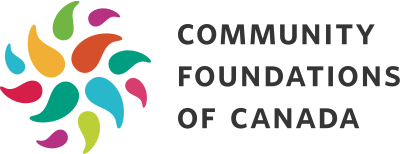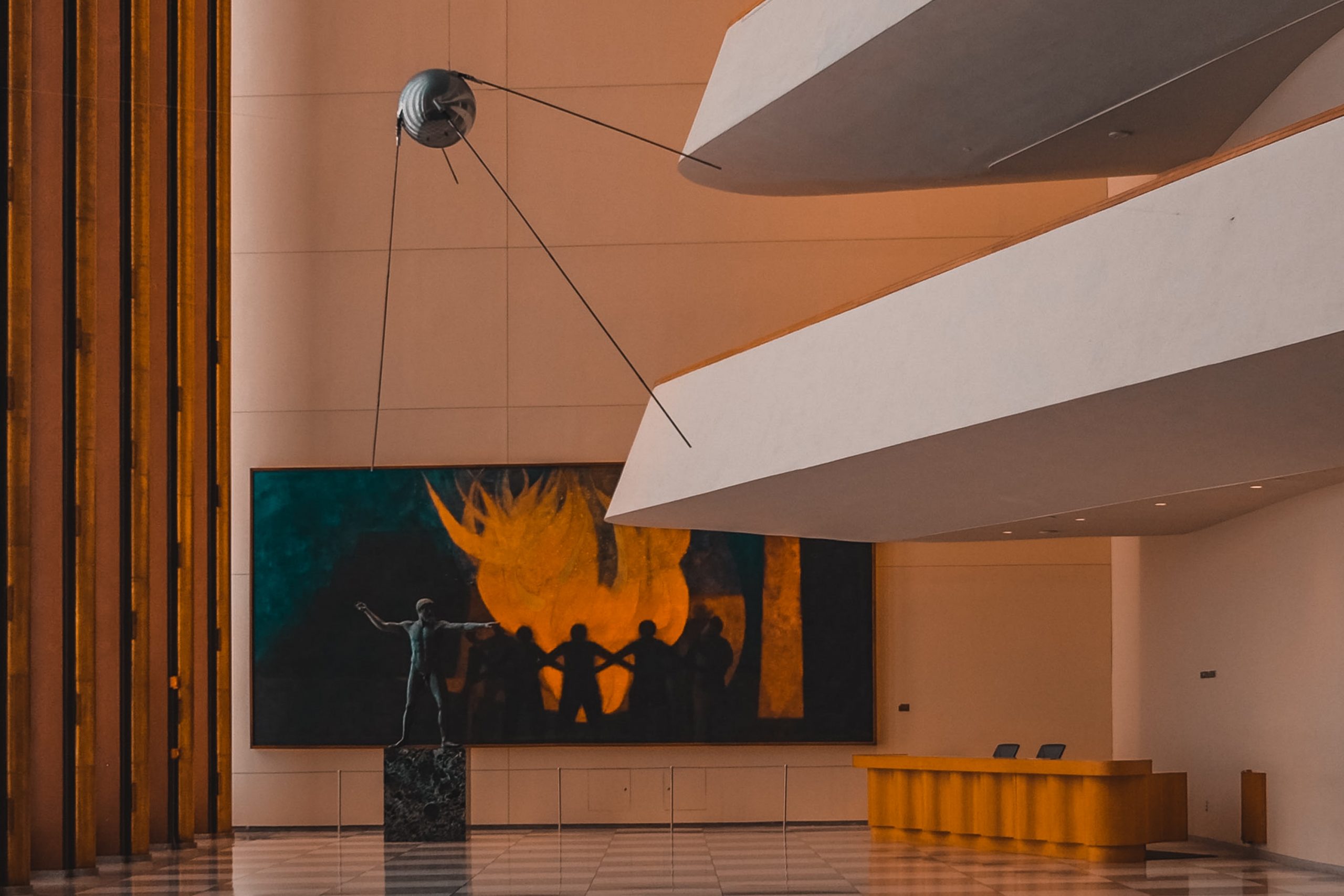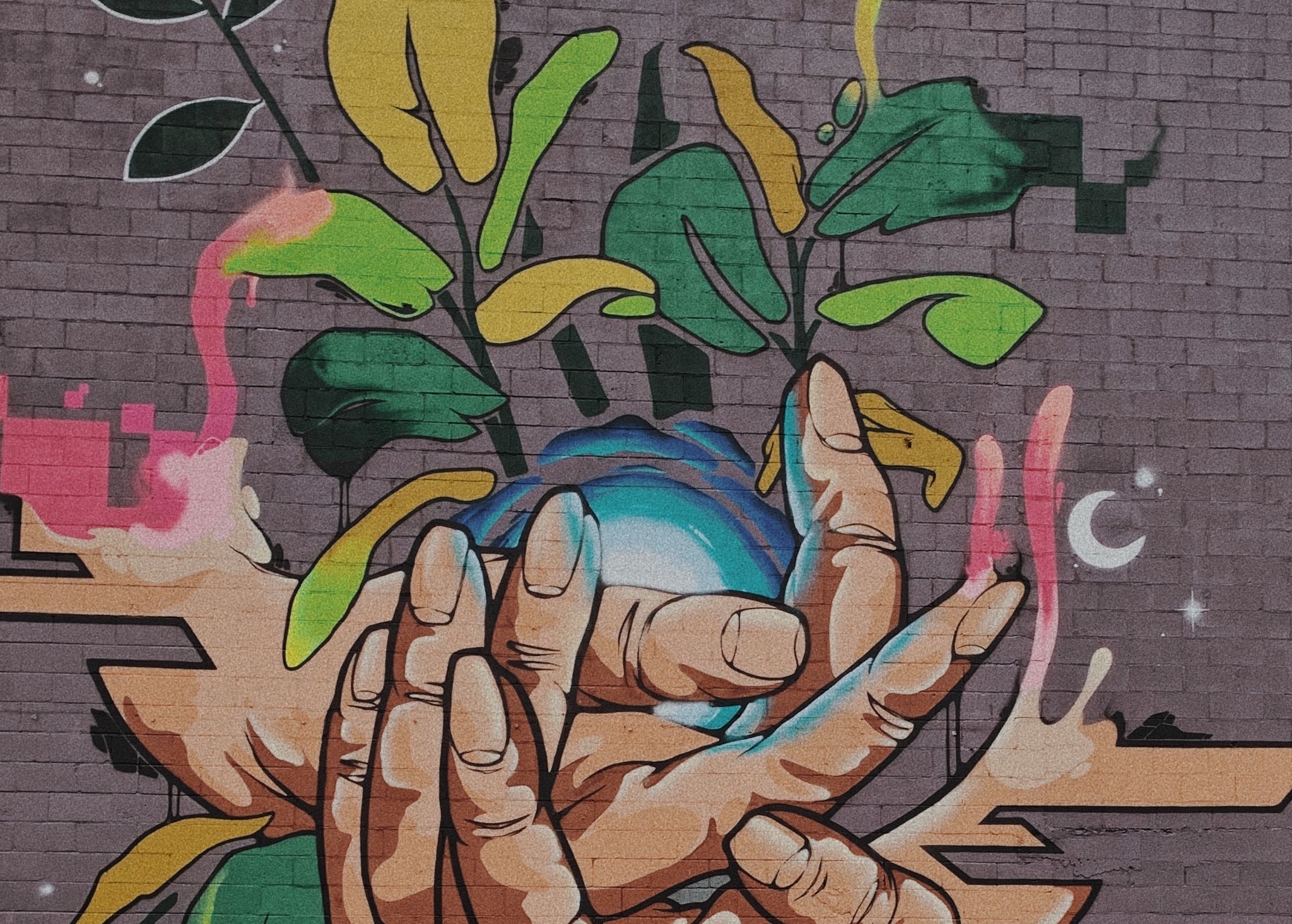From Tuesday July 7, until Thursday, July 16, the United Nations hosted the 2020 High Level Political Forum (HLPF). President of Community Foundations of Canada, Andrea Dicks, attended the HLPF as part of the Canadian delegation. The 2020 HLPF was held online due to the current pandemic.
What is the HLPF?
The High Level Political Forum (HLPF) is an annual meeting typically held in July of global civil society and elected leaders to review progress made towards the Sustainable Development Goals (SDGS) and the 2030 Agenda. It’s an opportunity for countries to participate in what’s called a Voluntary Review.
How was this year’s HLPF different from past forums?
2020 began as the Decade of Action on the SDGs. Since the start of the year, the world has faced incredible challenges, from extreme wildfires in Australia, to conflicts in the Middle East, to democracy activism in China and of course, the global COVID-19 pandemic.
This year’s HLPF was held virtually against the backdrop of the pandemic, and focused on conversations on how the SDGs are truly a worldwide initiative, addressing both local and international-level challenges through a holistic global lens. Instead of maneuvering pandemic responses alone, countries are now asking “What if we all did something together?” The world’s response to COVID-19 is a test of the potential, power, and failings of global collaboration.
Was there a speaker or session you recommend others to check out?
Finland’s newly elected Prime Minister, Sanna Marin, gave the keynote address at the Forum. A key takeaway from her remarks was that the approach to our recovery from the pandemic and our efforts to #BuildBackBetter must be holistic, and proposed solutions need to take an intersectional approach. The SDGs are, at their core, all about making those connections—the slogan for the SDGs is “Leaving no one behind.” For this to be true, the approach to recovery must be intersectional.
in·ter·sec·tion·al·i·ty | /ˌin(t)ərsekSHəˈnalədē/, noun
The interconnected nature of social categorizations such as race, class, and gender as they apply to a given individual or group, regarded as creating overlapping and interdependent systems of discrimination or disadvantage.
Interested in learning more? Check out CFC’s webinar, “Beyond Diversity: Let’s Talk Intersectionality.”
For example, we can’t talk about gender equality without addressing climate change. Evidence shows, for example, that violence against women greatly increases after natural disasters. Here in Canada, we saw this very outcome after the floods in Southern Alberta. The pandemic data to date reveals that rates of domestic violence have increased dramatically since COVID-19 measures were declared.
I’m optimistic that global cooperation to #BuildBackBetter will be the unexpected catalyst for action and progress on the SDGs, helping us to reach our targets by 2030.
As a representative in the Canadian delegation, what do you feel our sector can do to effectively contribute to Agenda 2030?
It’s clear that to achieve the SDGs, the approach must be intersectional and it must also be cross-sectoral. Charities, non-profits, philanthropy, social enterprise and the private sector have as much responsibility to act as governments do. To meet these critical targets, we need to find ways to work together across sectors and issues. We should use every tool and resource at our disposal to do that.
In our community philanthropy network, community foundations have tremendous local knowledge, expertise and are supporting community-driven efforts across all the goals. They’re connecting with other foundations, and have the power to contribute valuable insights to various, diverse movements. As we work to improve our engagement with the SDGs, we are excited to announce the launch of our new SDG Guidebook and Toolkit that provides real life examples of SDG engagement in community foundations, as well as details on getting involved and integrating the framework into existing projects.




